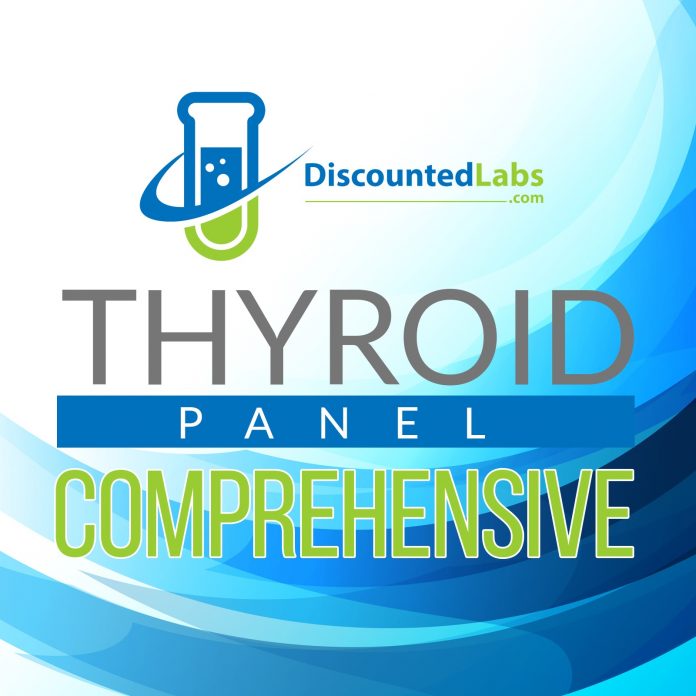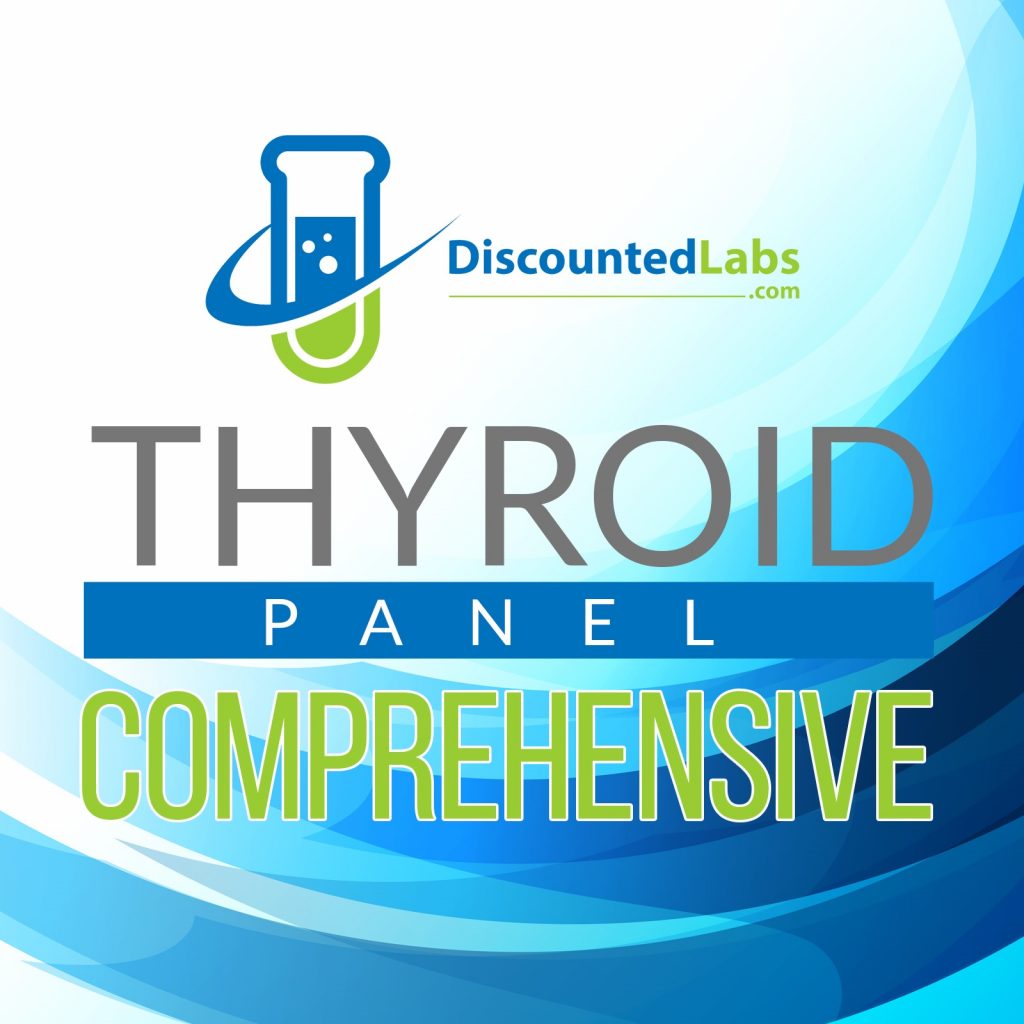Beyond TSH: Two New Studies Show Why Doctors Should Check Other Thyroid Hormones
Many doctors only test thyroid stimulating hormone (TSH) to determine thyroid function. Some conclude that a TSH under 4 is normal. This practice has been disputed by several studies that have concluded that the use of only TSH for thyroid function determination and a high upper limit of that value may be missing thyroid dysfunction diagnosis.
Here are two of such studies:
J Clin Endocrinol Metab. 2016 Nov;101(11):4385-4394. Epub 2016 Aug 23
Serum Thyroid Function, Mortality and Disability in Advanced Old Age: The Newcastle 85+ Study.
Pearce SH et al.
Abstract
CONTEXT:
Perturbations in thyroid function are common in older individuals but their significance in the very old is not fully understood.
OBJECTIVE:
This study sought to determine whether thyroid hormone status and variation of thyroid hormones within the reference range correlated with mortality and disability in a cohort of 85-year-olds.
DESIGN:
A cohort of 85-year-old individuals were assessed in their own homes (community or institutional care) for health status and thyroid function, and followed for mortality and disability for up to 9 years.
SETTING AND PARTICIPANTS:
Six hundred and forty-three 85-year-olds registered with participating general practices in Newcastle and North Tyneside, United Kingdom.
MAIN OUTCOMES:
All-cause mortality, cardiovascular mortality, and disability according to thyroid disease status and baseline thyroid hormone parameters (serum TSH, FT4, FT3, and rT3). Models were adjusted for age, sex, education, body mass index, smoking, and disease count.
RESULTS:
After adjustment for age and sex, all-cause mortality was associated with baseline serum rT3 and FT3 (both P < .001), but not FT4 or TSH. After additional adjustment for potential confounders, only rT3 remained significantly associated with mortality (P = .001). Baseline serum TSH and rT3 predicted future disability trajectories in men and women, respectively.
CONCLUSIONS:
Our study is reassuring that individuals age 85 y with both subclinical hypothyroidism and subclinical hyperthyroidism do not have a significantly worse survival over 9 years than their euthyroid peers. However, thyroid function tests did predict disability, with higher serum TSH levels predicting better outcomes. These data strengthen the argument for routine use of age-specific thyroid function reference ranges.
______________________________________________________________
Thyroid. 2016 Nov 3. [Epub ahead of print]
The association between changes in thyroid hormones and incident type 2 diabetes: A 7-year longitudinal study.
Jun JE et al.
Abstract
BACKGROUND:
Thyroid hormones are important regulators of glucose homeostasis; however, the association between thyroid hormones within the reference range and type 2 diabetes remains unclear. The aim of this study was to clarify the incidence of type 2 diabetes according to the baseline levels and changes of thyroid stimulating hormone (TSH) and thyroid hormones (free thyroxine [FT4] and triiodothyronine [T3]) in euthyroid subjects.
METHODS:
Among the participants who consecutively underwent thyroid function tests between 2006 and 2012 through a yearly health check-up program, 6,235 euthyroid subjects (3,619 men and 2,616 women) without diabetes were enrolled in the study. The change in each hormone was calculated by subtracting the baseline value from the level at the end of follow-up or 1 year before the diagnosis of diabetes.
RESULTS:
During 25,692 person-years of follow-up, there were 229 new cases of type 2 diabetes. After full adjustment for potential confounders including HbA1c and fasting glucose in Cox proportional hazards models, the individuals in the highest tertile of TSH change (2.5 to 4.2 μIU/mL) had a greater risk of incident type 2 diabetes (hazard ratio [HR]=1.44, 95% confidence interval [CI]: 1.04 – 1.98, p for trend = 0.027) in comparison with individuals in the lowest tertile (-4.1 to -0.5 μIU/mL). Simultaneously, the highest tertile of T3 change (16.3 to 104.7 ng/dL) and FT4 change (0.2 to 1.6 ng/dL) conferred protective effects against diabetes (HR = 0.60, 95% CI: 0.43-0.85, p for trend = 0.002 and HR = 0.34, 95% CI: 0.24 – 0.48, p for trend < 0.001, respectively) compared to those in the lowest tertile (-76.5 to -1.8 ng/dL and -0.6 to 0.0 ng/dL, respectively). These associations remained significant when each of the hormones was analyzed as a continuous variable. However, baseline levels or tertiles of TSH and thyroid hormones were not associated with the risk of diabetes.
CONCLUSIONS:
Individual changes in TSH and thyroid hormones even within the normal reference range were an additional risk factor of incident type 2 diabetes.

















